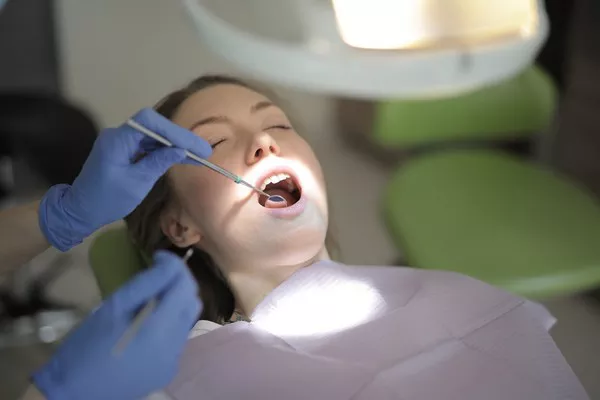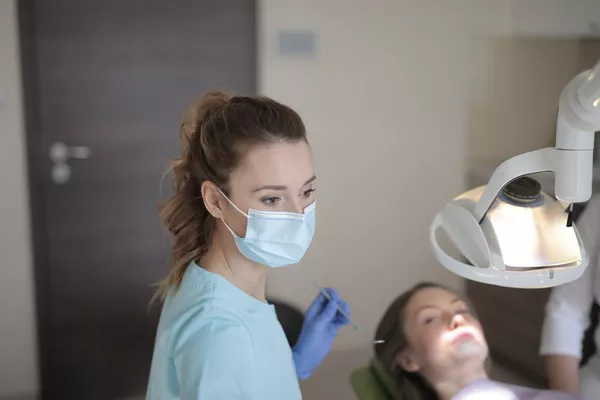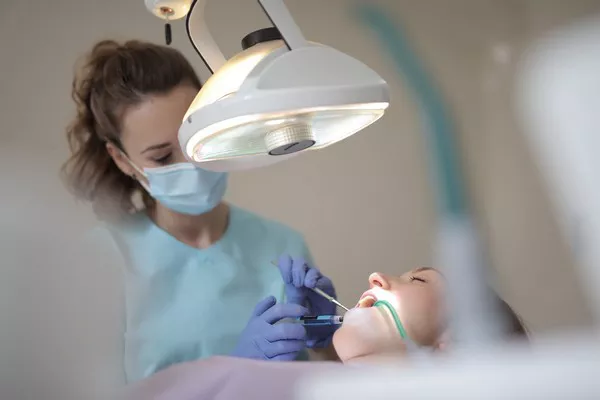Orthodontics is a specialized branch of dentistry that focuses on the diagnosis, prevention, and treatment of dental and facial irregularities. This field aims to correct misaligned teeth and jaws, ultimately enhancing both oral health and overall well-being. In this article, we will delve into the world of orthodontics, exploring its various aspects, including its significance, common treatments, benefits, and advancements in the field.
The Significance of Orthodontics
Orthodontics is an essential field of dentistry that addresses not only the aesthetics but also the functionality and health of the mouth. It primarily involves the diagnosis, prevention, and treatment of malocclusions or improper bites caused by dental and skeletal discrepancies. Malocclusions can manifest as crowded teeth, overbites, underbites, crossbites, or open bites.
Orthodontic treatment is crucial for several reasons.
Firstly, it improves oral health by making it easier to clean the teeth and gums, reducing the risk of tooth decay, gum disease, and other dental problems. Straight teeth are less prone to plaque accumulation and provide a better foundation for maintaining proper oral hygiene.
Secondly, orthodontic issues can have a significant impact on an individual’s self-esteem and confidence. Crooked, misaligned teeth or protruding jaws can affect one’s appearance, leading to self-consciousness and social anxiety. By correcting these issues, orthodontic treatment can help individuals regain their self-assurance and improve their overall quality of life.
Furthermore, malocclusions can cause functional problems, including difficulty chewing, speaking, and even breathing in some cases. Orthodontic treatment aligns the teeth and jaws, improving bite function and helping individuals enjoy better oral functionality.
Orthodontic treatment options vary depending on the age and severity of the case. Children often undergo interceptive orthodontic treatment to guide the growth of their jaws and create space for permanent teeth. Teenagers and adults can choose from traditional braces, clear aligners like Invisalign, or lingual braces that are discreetly placed behind the teeth. Overall, orthodontics plays a vital role in ensuring oral health, enhancing aesthetics, and improving overall well-being.
Common Orthodontic Treatments
Orthodontic treatments encompass a range of techniques and appliances designed to correct dental and skeletal irregularities. Here are some commonly used treatments:
Traditional Braces:
Traditional braces consist of metal brackets bonded to the teeth and connected by wires. These braces apply gentle pressure to gradually move the teeth into their proper positions. They are highly effective and suitable for correcting various types of malocclusions.
Clear Aligners:
Clear aligners, such as Invisalign, have gained popularity due to their aesthetic appeal and convenience. These custom-made, transparent plastic trays are worn over the teeth and progressively shift them into alignment. Clear aligners are removable, allowing for easy maintenance of oral hygiene and dietary flexibility.
Retainers:
After completing orthodontic treatment, retainers are commonly prescribed to maintain the achieved results. Retainers can be removable or fixed, depending on the individual case. They help prevent teeth from shifting back to their original positions and ensure long-term stability.
Surgical Orthodontics:
In severe cases of misalignment, surgical intervention may be required. Surgical orthodontics, also known as orthognathic surgery, involves repositioning the jaws to achieve proper alignment. This treatment primarily addresses skeletal discrepancies and is often combined with orthodontic braces for optimal results.
Interdisciplinary Orthodontics:
In complex cases requiring comprehensive dental care, interdisciplinary orthodontics involves collaboration between orthodontists and other dental specialists. This approach ensures all aspects of dental health, including occlusion, aesthetics, and oral function, are considered and addressed.
Benefits of Orthodontic Treatment
Orthodontic treatment offers numerous benefits, extending beyond cosmetic improvements. Here are some key advantages:
Improved Oral Hygiene:
Straight teeth are easier to clean as there are fewer areas for plaque and food debris to accumulate. Properly aligned teeth enable more effective brushing and flossing, reducing the risk of tooth decay, gum disease, and bad breath.
Enhanced Aesthetics:
Orthodontic treatment can transform an individual’s smile, improving facial harmony and boosting self-confidence. A beautiful smile has a positive impact on personal and professional relationships, increasing overall self-esteem.
Balanced Bite and Chewing Function:
Correcting malocclusions ensures that the upper and lower teeth fit together properly, resulting in a balanced bite. This alignment promotes efficient chewing, reducing strain on the jaw joints and minimizing the risk of temporomandibular joint disorders (TMJ).
Speech Improvement:
Malocclusions can contribute to speech difficulties, such as lisps or mispronunciations.
What are the 3 categories of orthodontics?
The three categories of orthodontics are:
Preventive Orthodontics:
Preventive orthodontics focuses on identifying and addressing potential orthodontic issues before they become more severe. This category primarily applies to children and involves interventions aimed at guiding the growth and development of the jaws and dental arches. The goal is to create sufficient space for permanent teeth to erupt properly and to correct any developing abnormalities. Common preventive orthodontic treatments include the use of space maintainers, removable appliances, or early interceptive braces.
Interceptive Orthodontics:
Interceptive orthodontics refers to early intervention during mixed dentition, which typically occurs between the ages of 6 and 9 years. This phase aims to address specific orthodontic problems that, if left untreated, could lead to more serious complications later on. By identifying and treating issues such as crowding, crossbites, thumb sucking, or tongue thrusting early, interceptive orthodontic treatment can help guide proper jaw growth and improve alignment. Common interceptive treatments may involve the use of orthodontic appliances, limited braces, or palatal expanders.
Comprehensive Orthodontics:
Comprehensive orthodontics is the most common category of orthodontic treatment and generally applies to adolescents and adults. It involves a full-scale correction of various malocclusions and bite irregularities. The primary objective is to achieve optimal tooth alignment, jaw relationship, and facial aesthetics. Comprehensive orthodontic treatment typically lasts for an extended duration, ranging from one to three years, depending on the complexity of the case. Traditional braces, clear aligners, or other orthodontic appliances are commonly used to gradually move teeth into their desired positions, resulting in a functional bite and an improved smile.
It’s important to note that these categories are not necessarily mutually exclusive, and an individual’s orthodontic treatment plan may incorporate elements from multiple categories based on their specific needs and age. The purpose of orthodontic treatment, regardless of the category, is to achieve a harmonious occlusion, optimal oral health, and improved overall well-being.
Related Topics:




























